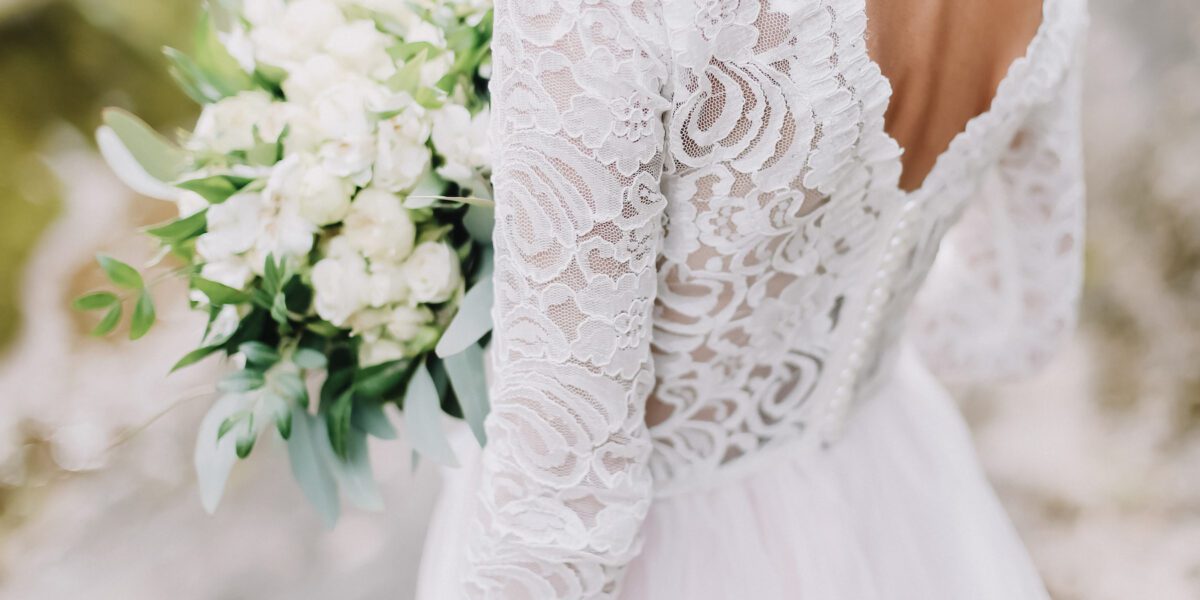With the arrival of early Spring comes the chorus of wedding bells and the exchange of vows at a flower-draped altar. Here, in the United States, we know the wedding traditions all too well: the dazzling white gown, the donning of a lace veil, and the myriad events meant to celebrate the couple, from bridal showers to bachelor parties to dinner receptions.
But worldwide, wedding traditions vary greatly from what we have here in the State and, in the case of some, can even inform our own traditions. For example, did you know that wedding veils originated in Rome? They were initially believed to hide the bride from evil spirits looking to ruim her wedding day.
From elaborate ceremonies to simple gatherings, here are just a few unique wedding traditions you can find in other countries.
A Traditional Indian Wedding
Traditional Indian weddings are simply spectacular. These multi-day affairs are a true festival offering vibrant colors, savory tastes, and beautiuful traditions celebrating love. In India, the wedding ceremony is known as “Vivah” and is steeped in symbolism. The bride wears a red saree, which symbolizes prosperity and happiness, while the groom wears a sherwani, a long jacket-like garment. One of the most important rituals in a traditional Indian wedding is what is known as the “Saptapadi,” where the bride and groom take seven vows and seven steps around a sacred fire. The ceremony ends with the “Sindoor” ceremony, where the groom applies vermillion powder on the bride’s forehead, symbolizing her newly married status.
Auspicious Wedding Dates in China
In China, weddings are traditionally celebrated on auspicious dates and times dictated by the couple’s astrological signs. Typically, a bride wears a red dress, meant to symbolize luck and prosperity, while the groom wears a black or blue suit. Chinese wedding ceremonies are simple but gorgeous, with the bride and groom exchanging vows and bowing to their parents as a sign of respect.
Exchanging Sake Sips in Japan
In Japan, weddings are often a blend of traditional and modern elements. The bride wears a white kimono, symbolizing purity, and a headpiece called a “tsuno-kakushi,” that covers her hair and signifies her resolve to be a good wife. Meanwhile, grooms will typically wear a black kimono, representing their maturity and strength. One unique tradition of Japanese weddings is the “san-san-kudo” ceremony, where the bride and groom exchange three sips of sake from three different cups, symbolizing their union.
Symbolizing Unity in Mexico
In Mexico, weddings are a true family affair, with the bride and groom receiving blessings from their families before the ceremony takes place. While Mexican brides typically don a white gown, the groom wears a traditional charro suit. One unique tradition of Mexican weddings is what is known as the “lazo,” where a rosary or ribbon is placed around the bride and groom in a figure-eight shape to symbolize their unity.
Sharing a Wedding Whiskey in Scotland
In Scotland, weddings have a symbolic tradition called “handfasting,” where the bride and groom’s hands are bound together with a ribbon or cord, symbolizing their unbreakable commitment to one another. The couple may also participate in a “Quaich Ceremony,” where they share a cup of whiskey to signify their bond.
Cutting The Groom’s Tie in Brazil
In Brazil, a traditional wedding ceremony may include a “passing of the rings” ritual, where the rings are passed among the guests to bless and offer their wishes for the couple’s future. The couple may also participate in the unique “hora da gravata” tradition, where the groom’s tie is cut into small pieces and sold to guests to raise money for the newlywed’s honeymoon.



Leave a Reply